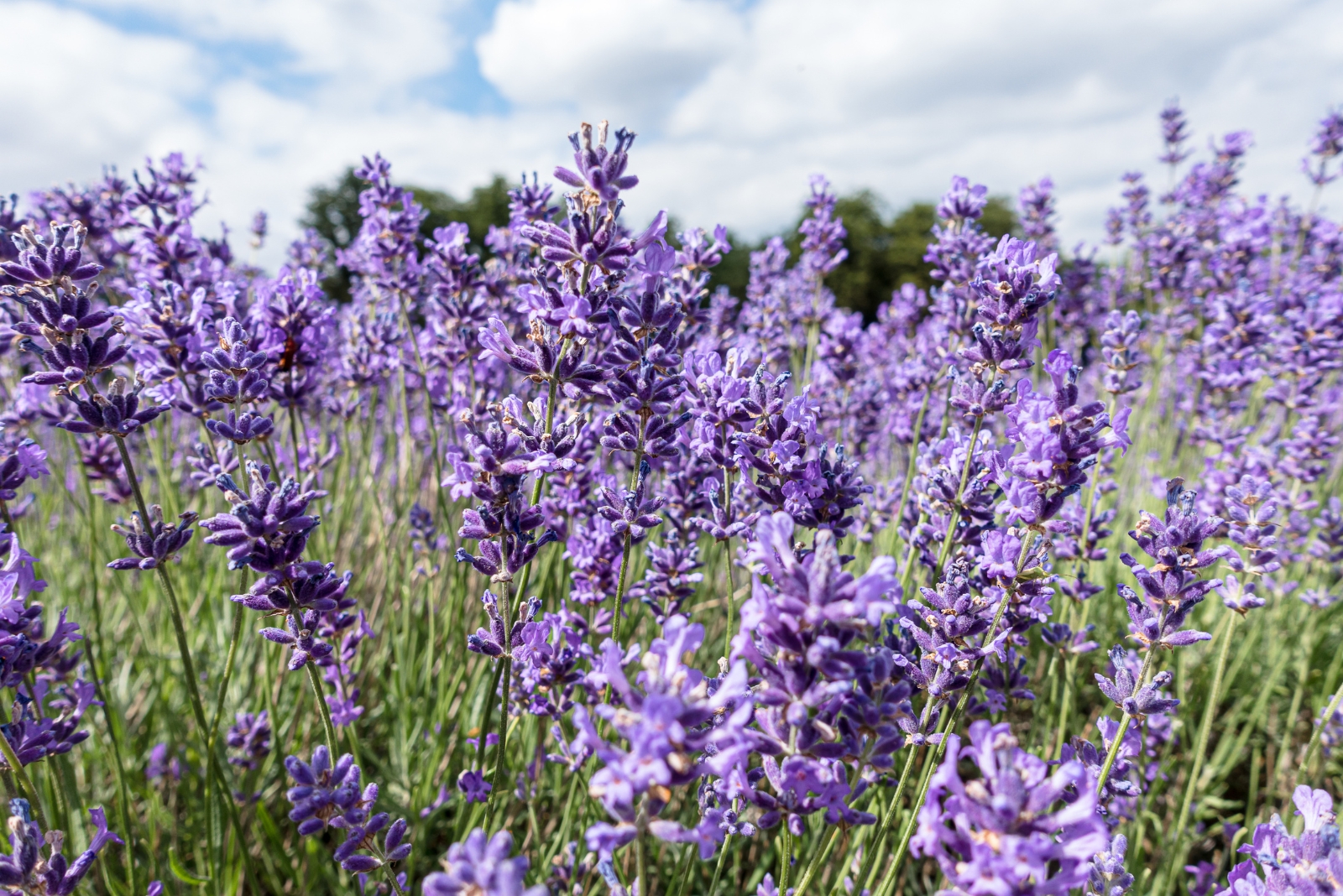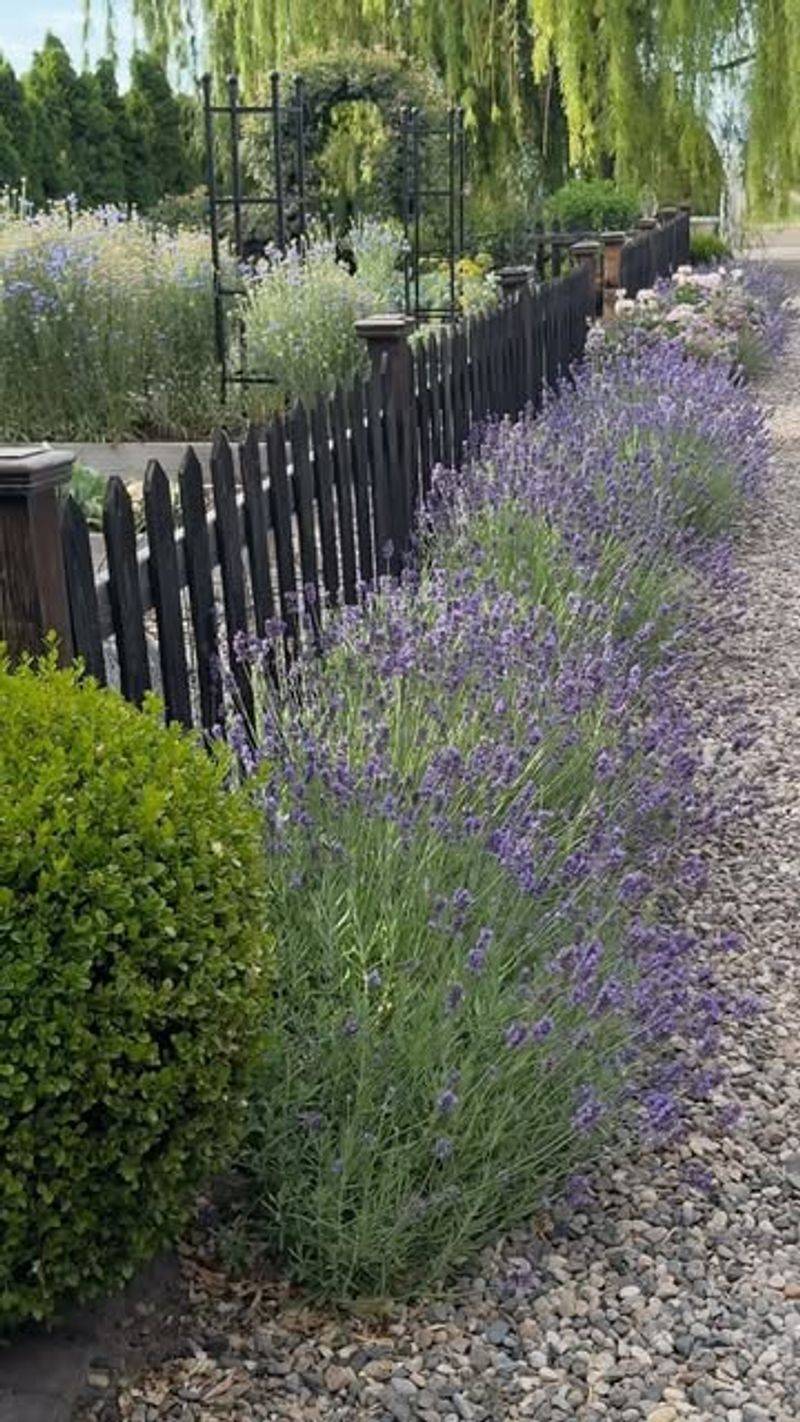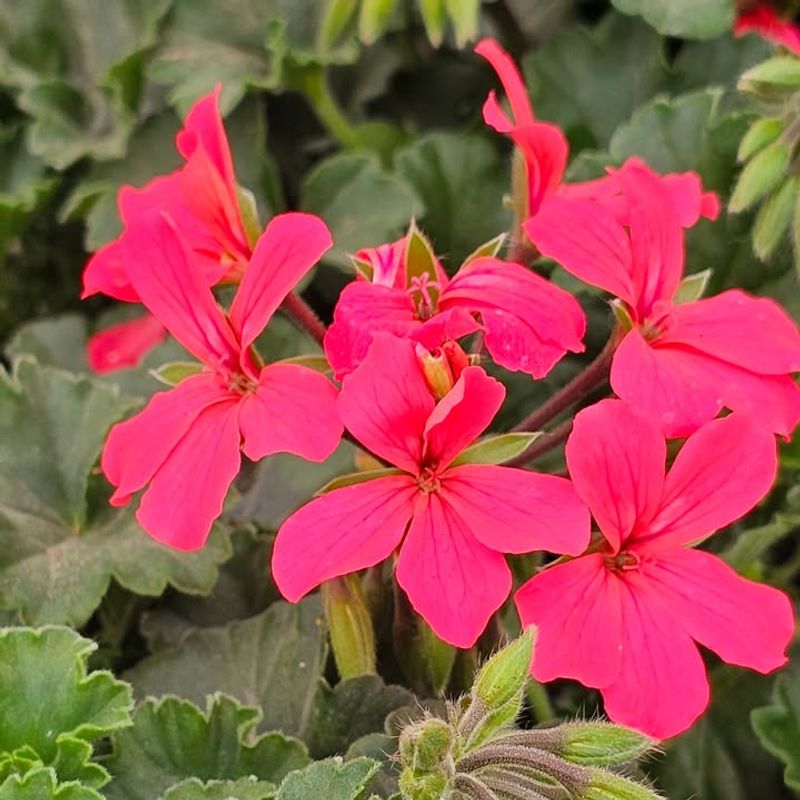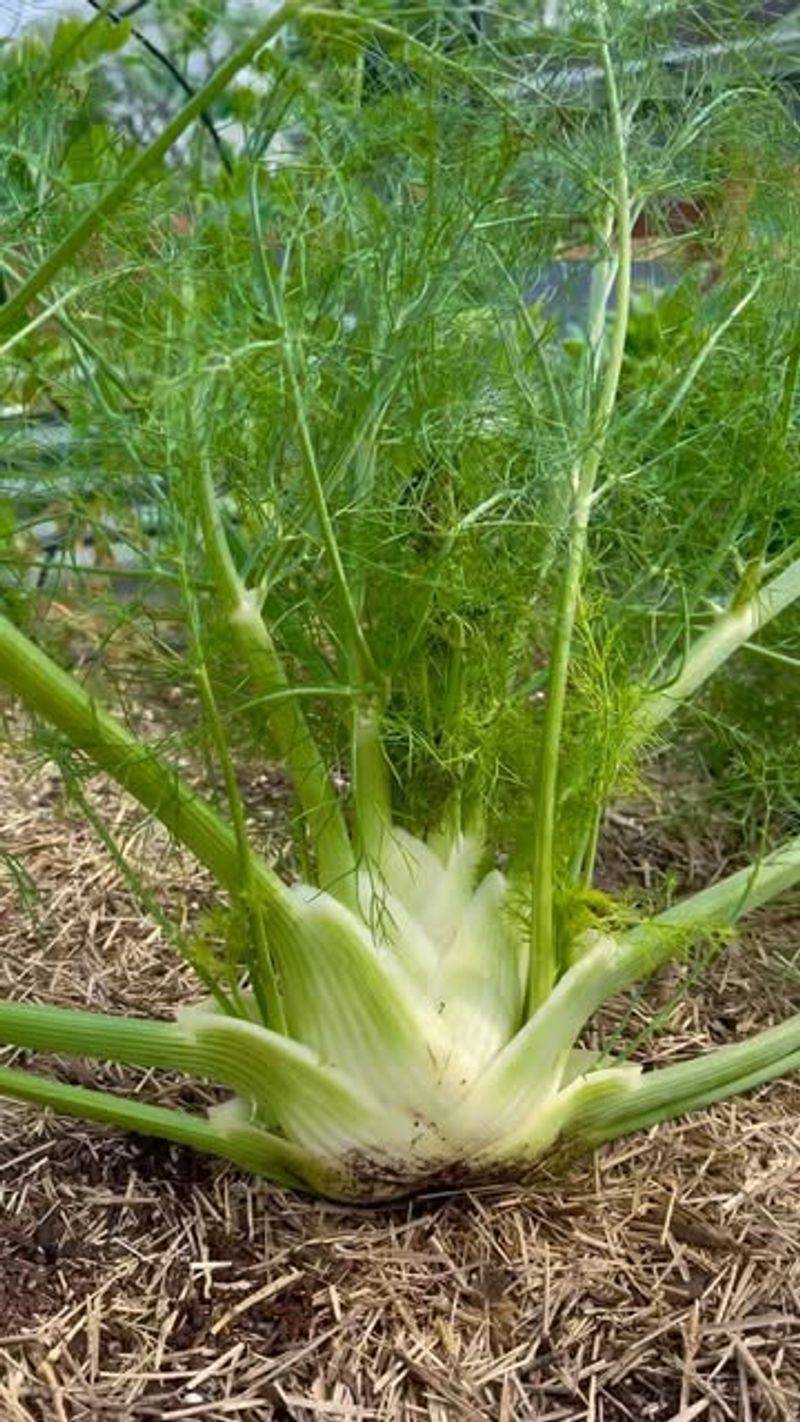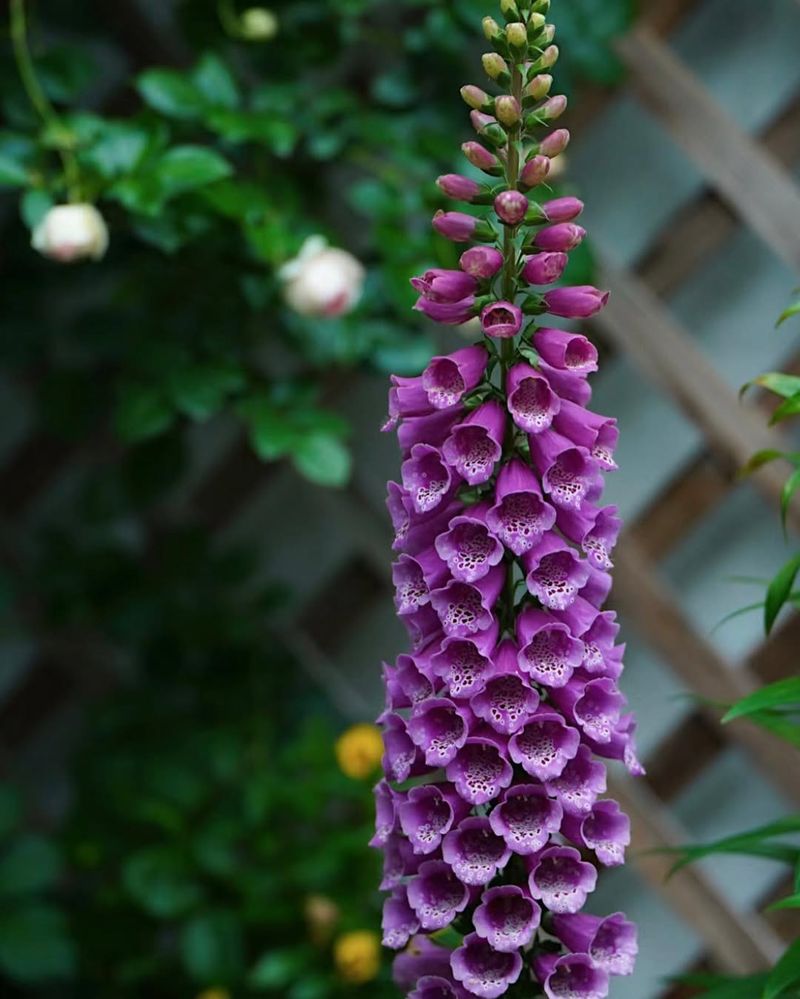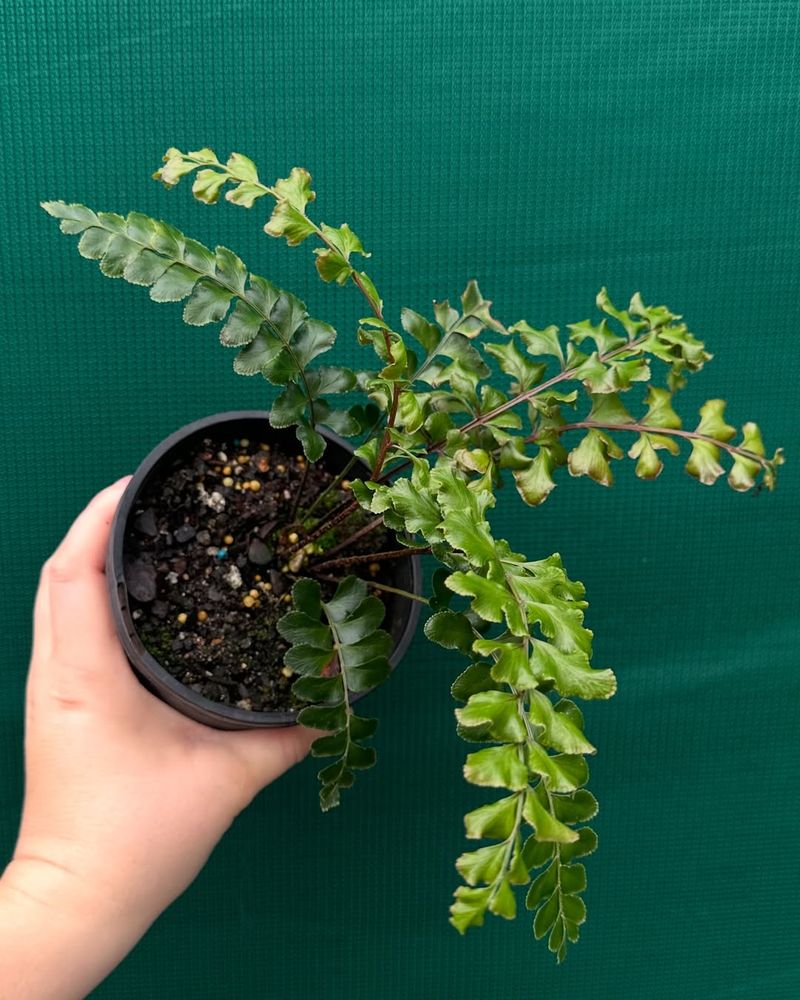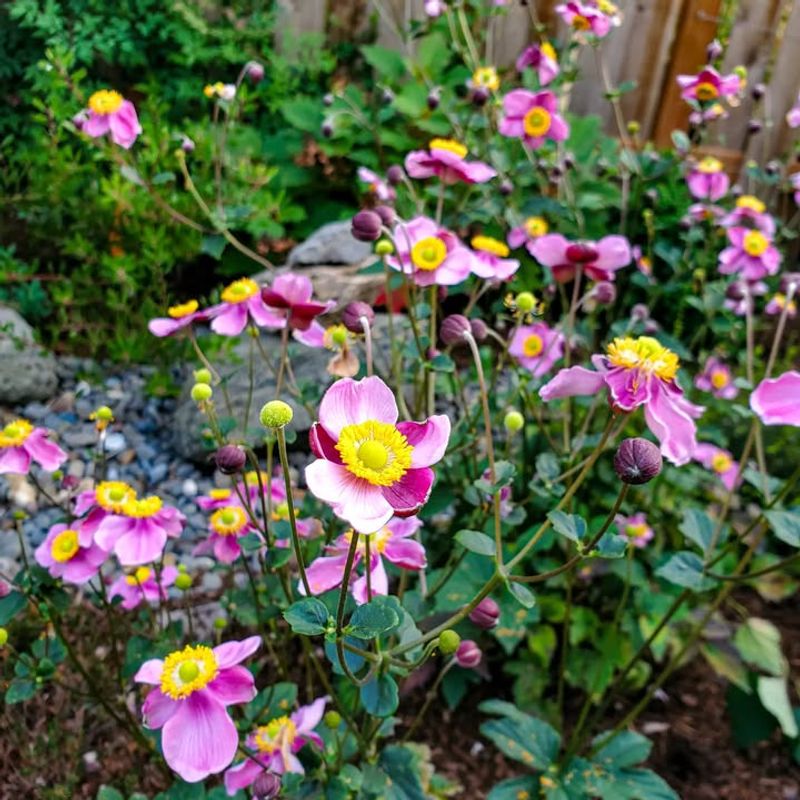Washington’s damp weather practically rolls out a welcome mat for slugs, and I’ve watched them swarm plants overnight. Homeowners there have found a few reliable plants that make those pests think twice.
It’s amazing how something so simple can shift the whole balance in the garden. These choices keep slug trouble from spiraling out of control.
1. Lavender
Lavender’s strong fragrance is wonderful for humans but absolutely repulsive to slugs. Many Washington homeowners plant this purple beauty along garden borders to create a natural barrier.
The rough, fuzzy texture of lavender leaves also makes them unappealing for slugs to crawl across. Plus, you’ll enjoy the calming scent and attract beneficial pollinators like bees and butterflies to your yard.
Lavender thrives in well-drained soil and sunny spots, making it perfect for Pacific Northwest gardens.
2. Rosemary
With its needle-like leaves and potent aroma, rosemary creates an environment slugs want to avoid. Gardeners across Washington appreciate this herb for both its culinary uses and pest-deterring qualities.
Slugs dislike the strong oils that rosemary produces, which means your nearby vegetables stay safer. The woody stems and tough foliage provide an additional physical barrier that slugs find difficult to navigate.
Rosemary grows well in containers or directly in the ground throughout the state.
3. Geraniums
Bright and cheerful, geraniums offer more than just pretty blooms—they’re surprisingly effective at keeping slugs at bay. The fuzzy leaves and bitter-tasting compounds make them an unattractive snack for these garden pests.
Washington homeowners love geraniums because they flourish in the region’s mild climate and add vibrant color to flower beds. Planting them around more vulnerable plants creates a protective ring that slugs typically avoid crossing.
They’re also low-maintenance and bloom throughout the growing season.
4. Fennel
Fennel’s feathery foliage and licorice scent make it a slug-repelling superstar in Washington gardens. The strong aroma confuses and repels slugs, keeping them away from your prized plants.
Beyond pest control, fennel attracts beneficial insects like ladybugs and lacewings that help maintain a healthy garden ecosystem. The delicate, wispy texture of the leaves is also unpleasant for slugs to traverse.
Many Pacific Northwest gardeners plant fennel near vegetable patches for extra protection and enjoy harvesting the flavorful bulbs for cooking.
5. Sage
Sage’s velvety, textured leaves and powerful scent create a double defense against slugs. Washington gardeners have discovered that planting sage around garden edges significantly reduces slug damage to neighboring plants.
The rough surface of sage leaves feels uncomfortable for slugs to crawl over, while the aromatic oils repel them from even getting close. This hardy herb tolerates the state’s rainy weather beautifully and provides fresh leaves for cooking year-round.
Sage also attracts pollinators, adding even more value to your garden space.
6. Foxglove
Foxglove towers above many garden plants with its stunning bell-shaped flowers, and slugs instinctively avoid it. The plant contains compounds that make it naturally distasteful to pests, providing excellent protection in Washington’s moist climate.
Gardeners throughout the Pacific Northwest plant foxglove in shady areas where slugs typically thrive, creating beautiful vertical interest while discouraging these pests. The fuzzy stems and leaves add another layer of defense.
Just remember that foxglove is toxic if ingested, so plant it thoughtfully around pets and children.
7. Ferns
Ferns bring woodland charm to Washington gardens while naturally resisting slug damage. Their tough, leathery fronds don’t appeal to slugs, who prefer softer, more tender vegetation.
Native ferns especially thrive in the state’s shady, damp conditions where slugs are most active, making them ideal companions for more vulnerable plants. The intricate texture of fern leaves also creates an uncomfortable surface for slugs to navigate.
Sword ferns and lady ferns are particularly popular choices among Pacific Northwest homeowners for their beauty and pest resistance.
8. Begonias
Begonias surprise many gardeners with their slug-resistant qualities despite their delicate appearance. The slightly bitter taste and waxy coating on begonia leaves discourage slugs from feasting on them.
Washington homeowners appreciate begonias for thriving in shaded areas and providing continuous blooms throughout summer. Their low-growing habit makes them perfect for edging garden beds and protecting taller plants behind them.
Both tuberous and fibrous begonias work well in the Pacific Northwest climate, offering versatility for different garden designs and conditions.
9. Hydrangeas
Hydrangeas are beloved throughout Washington for their spectacular blooms and fortunate resistance to slug damage. The thick, somewhat rough leaves don’t tempt slugs the way tender hostas or lettuce might.
These shrubs thrive in the state’s climate, producing massive flower clusters in shades of blue, pink, and white depending on soil conditions. Planting hydrangeas creates beautiful focal points while naturally protecting more vulnerable plants nearby.
Their substantial size and dense foliage also provide shelter for slug predators like ground beetles, adding another layer of natural pest control.
10. Japanese Anemone
Japanese anemone graces Washington gardens with late-season blooms while remaining remarkably slug-proof. The slightly toxic sap and bitter-tasting foliage naturally deter these pests without any effort from gardeners.
Pacific Northwest homeowners value this perennial for filling gaps when other flowers fade, providing color well into fall. The tall stems and delicate flowers create movement in the garden while the tough leaves withstand slug pressure.
Once established, Japanese anemone spreads gently and requires minimal maintenance, making it perfect for busy Washington gardeners seeking both beauty and functionality.

